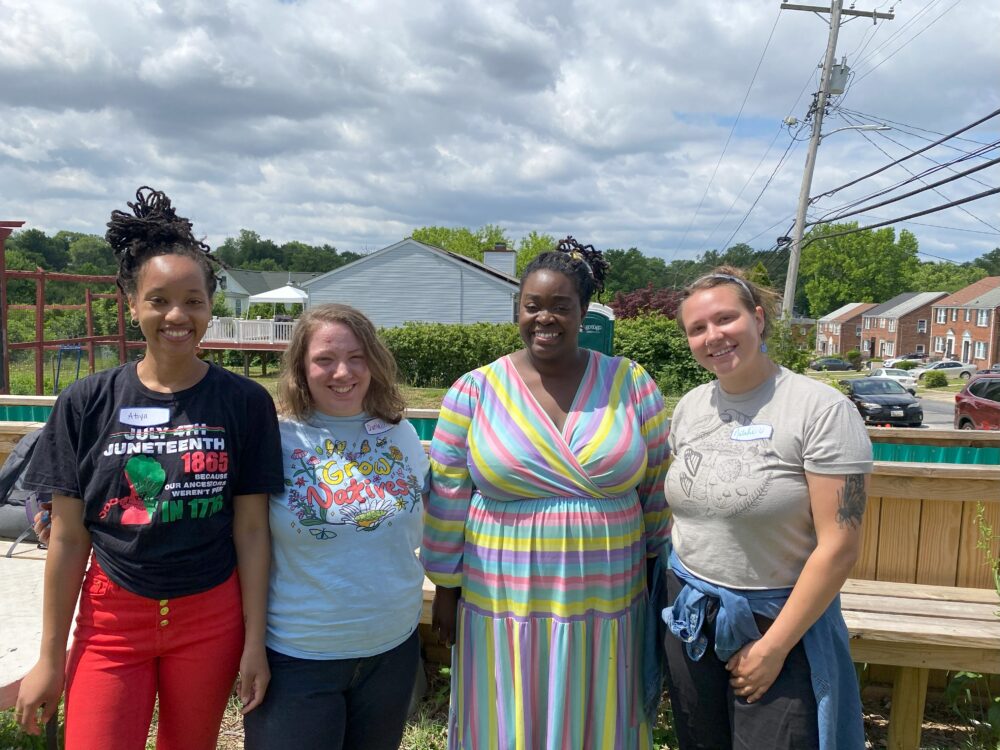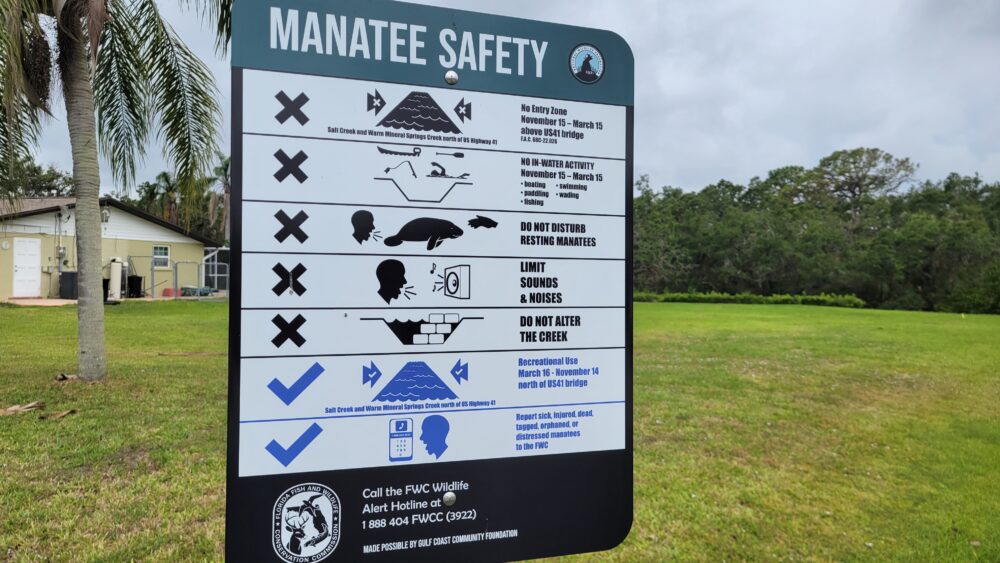We have much more to do and your continued support is needed now more than ever.
$12 billion to go to community colleges
Last week, President Obama announced the creation of the American Graduation Initiative, which is expected to funnel $12 billion to community colleges to educate underemployed or unemployed workers in preparation for the day when the economy swings upwards again.
"..[T]he hard truth is that some of the jobs that have been lost in the
auto industry and elsewhere won’t be coming back," said Obama. "They are casualties
of a changing economy. And that only underscores the importance of
generating new businesses and industries to replace the ones we’ve
lost, and of preparing our workers to fill the jobs they create."
The plan calls for an additional 5 million
community college graduates by 2020–about 6 million are currently attending–and provides those students with a pathway
to
completing a four-year degree, if they so choose. About $9 billion will go towards two grant
programs intended to better track promising strategies for teaching and learning and increase completion rates. Some money will also go towards renovating facilities,
providing more guidance to students exiting high school, and expanding online educational opportunities.
So, is this good news for green jobs education and training, which we've talked about here, here, and here? Maybe.
While clean energy is a platform of
the Obama administration, the $12 billion, which would be disbursed
over the next ten years, hasn't been specifically dedicated to green
jobs training. Until the budget committee makes its allocations, the focus on renewable energy training won't be clear, but so far it looks as if the program is making immediate employment, not clean energy, its primary concern.
However, the shift towards training workers for careers in sustainability may not need federal support, simply because it's already inevitable. A recent UN report predicted the creation of more than 20 million jobs worldwide in clean energy and other green fields by 2030, and many of those jobs are what's termed "middle-skilled," requiring a level of education that is greater than high school but less than a Bachelor's degree. (Job opportunities in health care are also expected to rise.)
Community colleges are expected to take on the bulk of this training because they are typically more agile and diverse than liberal arts schools, and have access to different populations of students. These schools also tend to be very connected to local employers, and have good data on the jobs available to their graduates, which means that in many regions, they are expanding their clean energy programs in response to demand. So, the AGI funds that go to those schools may help to support green jobs by default, though it's not yet the explicit support that advocates, including National Wildlife Federation, hope for.
We'll watch as the allocations are made in the next few months, and see where this goes.




















